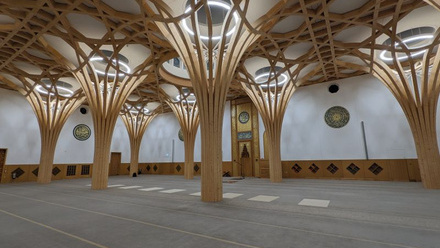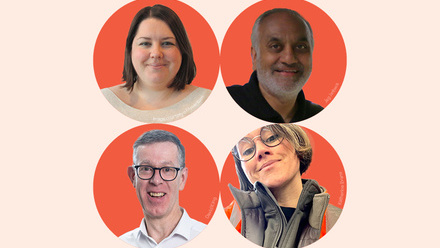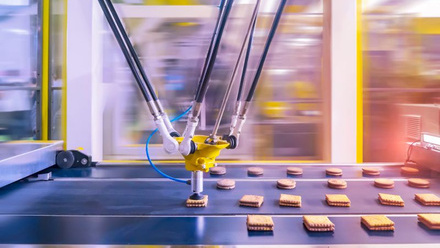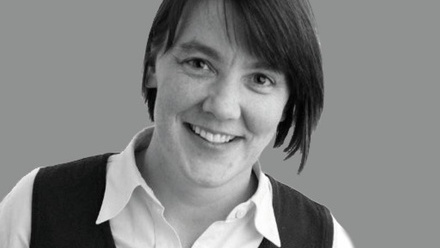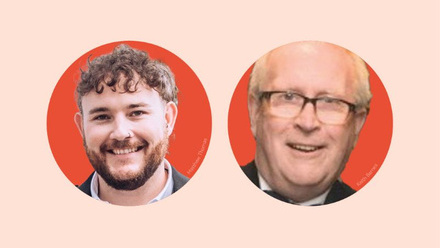Keeping their nerve - journey into entrepreneurship
An academic and surgeon share their experiences in establishing a medical start-up.
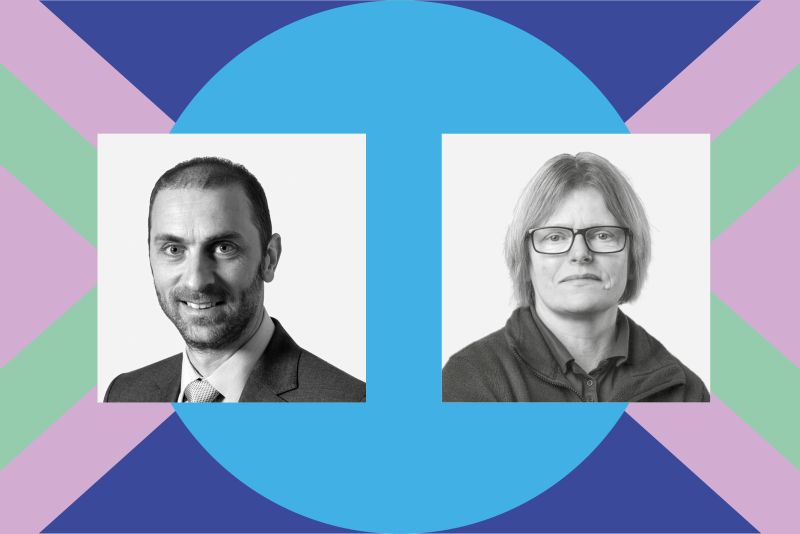
Polynerve is a spin-out from the University of Manchester, UK, bringing to market an artificial, resorbable conduit for peripheral nerve injury repair.
It was surgeon Dr Adam Reid’s research, alongside Professor Giorgio Terenghi (the joint creator of Polynerve), which was the starting point for Polynerve. Reid was undertaking a PhD in nerve injury and regeneration from the University of Manchester, UK.
Professor Julie Gough FIMMM joined the project when one of her colleagues from the Department of Materials at Manchester retired.
The project then progressed to clinical trial and the team set up Polynerve to scale up manufacturing and bring their product to market. The company aims to support directional nerve regeneration using biodegradable, medically approved materials.
The team now consists of Reid, Gough, CEO Tomer Alon, R&D Engineer Amelia Lay and Senior Technician Bingbing Ge.
Getting up the nerve
Gough started as a cell biologist for her undergraduate degree and then did a Master’s in Toxicology. It was not until her PhD that she got into biomaterials and is now Professor of Biomaterials & Tissue Engineering at the University of Manchester. Entering the world of entrepreneurship was a whole new ball game for her.
'It wasn’t a common thing when I was a PhD student…it was only probably in the last 10 years or so, where there’s been more spin-out companies being visible and set up. And it was then, I thought, this could be a potential avenue for our product…I didn’t really know much about it, but I learned as I went along.'
Reid also didn’t have any prior business experience. He reflects, 'Being a consultant surgeon and an academic as well, I felt I probably didn’t have enough time on my plate to do something else.
'But I think it’s really important, because it is what drives change, is what drives innovation and development, and new products.'
He notes the University of Manchester Innovation Factory (UMIF) was set up to help make ideas like theirs a reality.
Presented with the options from UMIF of licensing their technology to a larger company, or setting up their own spin-out, they decided to take the plunge and become entrepreneurs.
Gough says her and Reid were initially a bit reluctant to set up the spin-out in the early days, 'because it seemed like a very big task, and we obviously had very busy academic lives anyway.
'We needed to seek investment into the company, which is quite a challenge. Never done that before'.
It helped that the University had 'a relatively easy mechanism to set up the spin-out company'.
They were put in touch with a venture capitalist company, which in Gough’s words 'looks for opportunities in academic research'.
'They give you a certain amount of money, set up a company for you, hire a CEO and then let you get on with it. So that was the very easy way to set up the spin-out.'
Reid adds, 'The model was influenced by the conversations we had with the Innovation Factory to go with NLC, a Dutch venture building company, and that model is good, and it was quite light touch from Julie and myself, in that we were introduced to potential CEOs and a structure from which they could help build the spin-out, which was really useful.
'The disadvantage of that is, obviously they take a big share of the company in order to do so.'
Reid continues, 'But I think to truly have clinical impact, we needed other partners on board, and probably the best vehicle to do that was to form a company that would bring market trust and investment in the product, such that we could actually reach the clinical market in a sustainable way.'
Stimulating science
The idea is to use a polymer material as a nerve conduit or bridge between two ends of a nerve to allow it to grow through the gap. It is designed for patients with a nerve gap injury.
Reid’s experience as a surgeon enabled the early in vitro work with nerve cells. He explains, 'My role was [then] to bring this closer to the clinic by doing some in vivo studies, which I undertook with a PhD student, and then subsequent to those investigations we found that this material worked in vivo.'
He had used other materials in the past, but the novel selling point here is the material’s inner lumen is patterned with microgrooves, with a topology optimised for nerve regeneration and cell therapy.
It enhances Schwann cell infiltration and guides the directional growth of the regenerating axons.
The scale of grooves also reportedly has a significant influence on contact guidance, which has been investigated and optimised by the team.
At the point they decided they wanted to upscale this technology to human size, Reid and Gough started to work together on a National Institute for Health Research (NIHR) funded project. The NIHR funding allowed them to complete a limited phase-one clinical study of nerve-injured patients between 2018 and 2020.
Reid asserts, 'It’s a great example of people coming from different backgrounds and disciplines for this single purpose.'
Gough described the challenges moving from lab-based research to the clinical trial. Setting up the company was one, but also adapting to different priorities. 'We have a great CEO, and we were having regular meetings with him…but at the beginning we had quite different priorities and timescales, so it was quite difficult to adjust to working in that spin-out…but we’re fine now.'
She asserts, 'We’ve all got the hang of it and we all work brilliantly together.'
Getting to know the CEO is important notes Reid. 'We had the opportunity to meet with Tomer [Alon] and work out if this relationship was going to work, and I think it was pretty clear that we were going to get on and that we could work together. He was, and still is, very straight. Can be quite direct, but I think both Julie and I appreciated that, and find that we’ve been able to work with them really quite naturally since then.'
Reid also mentions finances as a big challenge and the documentation of paperwork, which had to be handled differently when passing it over from the academic team, 'justifying the rationale to our CEO and to potential investors'.
For Gough this was also a communication issue. 'You also need to talk to [investors] in such a way that they understand it and…you have to convince them, in a way, that it’s going to be successful. So, it’s a bit of a different language you have to speak, really, that takes quite a bit of getting used to.'
She highlights the need to explain research in a less technical way to explain how the product is going to improve patient outcomes.
Blazing a trail
For those who want to follow in their footsteps, Gough says, make sure that the research you’re basing your spin-out on, is documented where possible, and 'get some advice on how to gain investment. That’s not just grant funding'.
Reid added that, when creating a spin-out around a medical device, engagement with end-users, who, in this context, are clinicians, surgeons, but also patients, is really important.
'I think those spin-out companies need to make sure that the end-user is invested and that there’s documentation of their interest in whatever is being manufactured.'
From a soft skills point of view, they highlight teamwork. Reid says, 'Being able to work with people from different backgrounds and understand what’s driving or motivating them, their end goal, which might very well be different to yours. There might be a different timescale on it. There might be a different value to it. There might be a different place attributed to it.'
Gough is proud of the team that they have built up at Polynerve since 2022. And Reid is 'really proud of the fact that we’ve been able to put it into patients already'.
'We were able to show that the nerves regenerated really well. And so this is a really fantastic platform to build and base the future work upon for the company, because we’ve already demonstrated to a good level that this is a product which can work in patients.'


